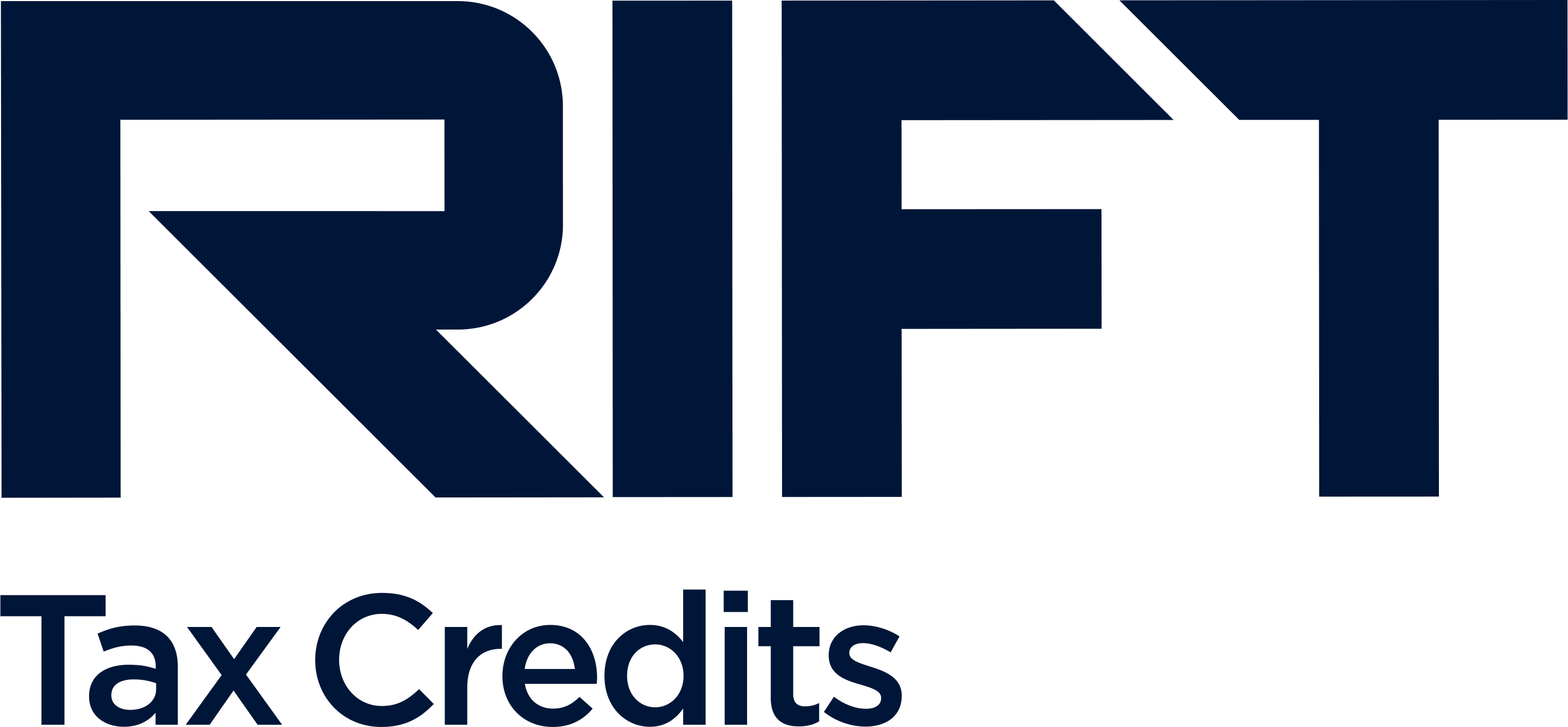RIFT Avg customer claim
Highest RIFT claim
Total value of RIFT claims

From designing and installing new systems in older buildings, to developing bespoke solutions to meet complex client demands, the mechanical and electrical sector innovates with every project.
Examples of qualifying work include:
- Integrating new systems with older, potentially incompatible ones.
- Creating bespoke solutions to fit specific project needs, often when no 'off-the-shelf' solution is suitable.
- Preserving sensitive environments, historic sites and buildings.
- Developing new ways to tackle access or space constraints.
- The embedding of new standards of sustainability.
- Working through multiple technical iterations at your own expense, to ensure a solution is viable.
- Developing and integrating bespoke software programmes into other programmes, machinery or products.
- Generating “industry firsts” through emerging technology and innovative design.
The R&D tax relief can be invaluable to companies carrying out qualifying activity within the mechanical sector. The SME scheme enables businesses to claim back up to 230% of their qualifying expenditure - that means you could lower your profits on corporation tax by £230 for every £100 spend on R&D.
Whether your completely new to the scheme, or have reaped the benefits year after year, RIFT will work to do all the heavy lifting to maximise your entitlement and ensure no stone is left unturned. On average, RIFT uncover over £66,000 of qualifying expenditure, with the highest individual claim amount to date being over £1.1million.


The time limit to claim back on your R&D expenditure is two years from the end of your accounting period. The R&D report is submitted by your accountant alongside your company accounts. If you have already filed your company accounts for a period which you are eligible to claim R&D, your accountant can amend the corporation tax return to include the R&D report. However, HMRCs guidelines do not allow you to claim back beyond the 2 year timeframe if you haven't claimed for previous years already.
Claim your R&D tax creditsThis is an important question a lot more businesses should be asking.
Here are a few simple questions which give a good indication to whether your business is eligible to claim R&D. Is your business:
- A registered UK limited company?
- Tackling technical challenges through the process of trial and error, which is stretching the expertise of your staff and current industry knowledge?
- Paying out of its own pocket to overcome these technical challenges, either through employed staff or by using subcontracted workers?
If you can answer yes to these questions, then you could qualify for the R&D tax relief scheme.


R&D can be found in many areas across a business, often from the very top of the organisational structure right down to the hands on day-to-day work. Some common job roles where R&D can be found include:
- Innovation Officers
- Technical Officers
- Mechanical Engineers
- Software Engineers
- Production Managers
- Site Managers
- Maintenance Engineers
- Product Designers
- Software Engineers
- Technicians
The list goes on, but the bottom line is, if you're overcoming technical challenges and are taking on projects which are pushing the limits of a competent professionals knowledge within their industry, then you are most likely involved with qualifying R&D activities.
Start your claim

Our technical teams specialise in hunting down all your qualifying R&D costs and turning them into a serious financial boost for your business.
Get in touch
